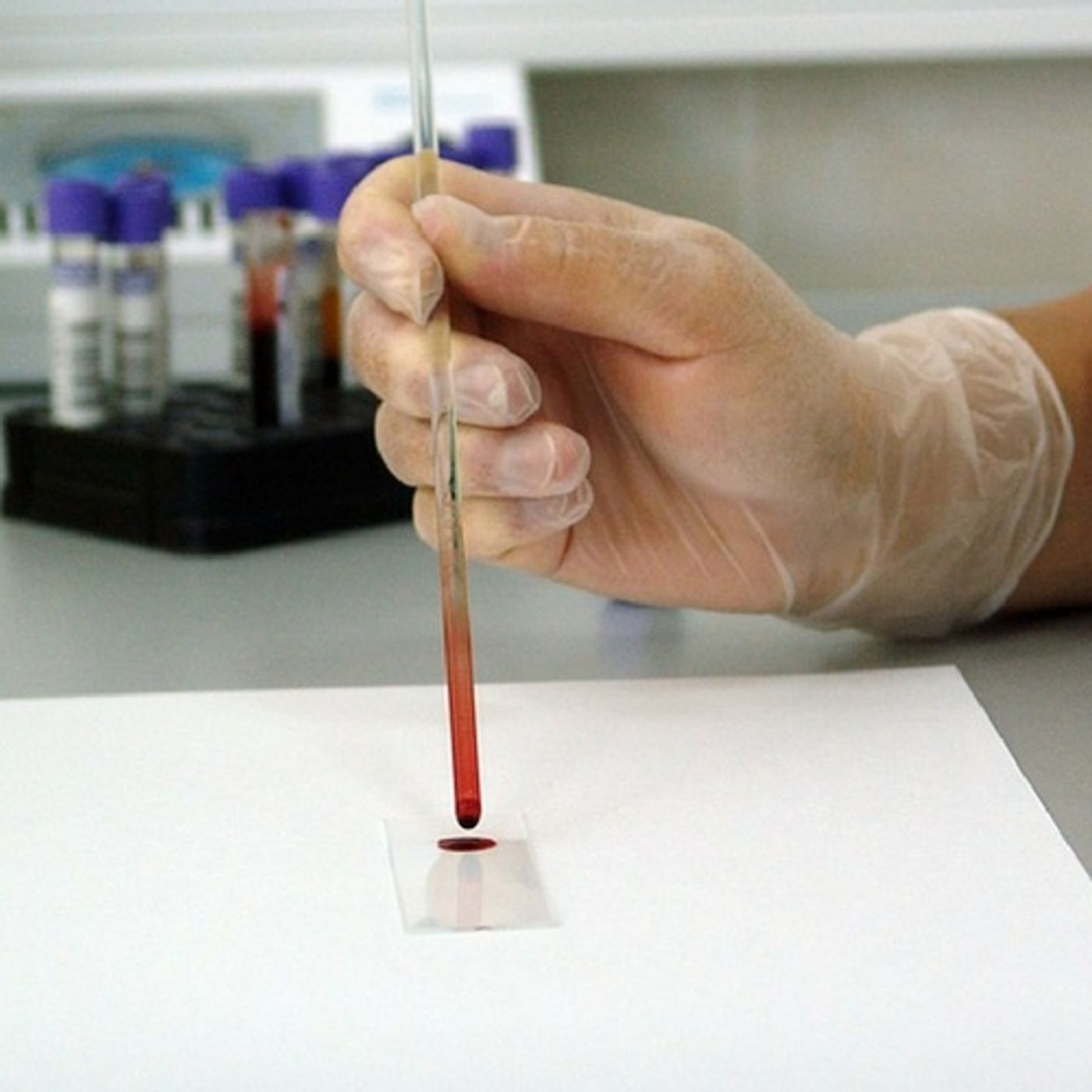Diagnosing a Concussion With a Blood Test
The danger of traumatic brain injuries and concussions (mTBI/concussion) is a concern for anyone who plays an impact sport, serves in the military or is at risk of falling. A mTBI can have lasting effects. Making sure that these injuries are correctly diagnosed and treated is crucial.
A new device that can diagnose and evaluate mTBI/Concussion has been approved by the FDA for marketing. The device, called the Brain Trauma Indicator, can detect proteins in the blood that are secreted by the brain after an injury.
The most common way patients with head injuries are treated now is usually through the ER of a hospital. In addition to a standard neuro exam, patients are evaluated on a 15-point rubric called the Glasgow Coma Scale. A CT scan is also performed. CT imagining is used to detect intracranial lesions in the brain, any fractures or bleeding.
A CT scan uses 200 times the radiation of a chest X-ray, and it’s more expensive than a blood test. More than half of patients who suffer a concussion do not even have intracranial lesions following their injury. In a press release from the FDA, Commissioner Scott Gottlieb, M.D. stated, “Helping to deliver innovative testing technologies that minimize health impacts to patients while still providing accurate and reliable results to inform appropriate evaluation and treatment is an FDA priority. Today’s action supports the FDA’s Initiative to Reduce Unnecessary Radiation Exposure from Medical Imaging—an effort to ensure that each patient is getting the right imaging exam, at the right time, with the right radiation dose. A blood-testing option for the evaluation of mTBI/concussion not only provides healthcare professionals with a new tool but also sets the stage for a more modernized standard of care for testing of suspected cases. In addition, availability of a blood test for mTBI/concussion will likely reduce the CT scans performed on patients with concussion each year, potentially saving our health care system the cost of often unnecessary neuroimaging tests.”
So what does The Brain Trauma Indicator do to detect concussion? The two essential proteins that it measures are UCH-L1 and GFAP. Within 12 hours of a blow to the head, the brain releases these two proteins via the blood-brain barrier, where they can be seen in a blood test. When the researchers at the FDA looked at the data, they found that 97.5% of the time the blood test predicted intracranial lesions which were then confirmed on CT scans. It was also efficient in predicting which patients would not show lesions on CT imaging, with a 99.6% accuracy when compared to negative CT scans. Data for the study came from a multi-center clinical study of blood samples and CT scans from adults evaluated for a possible concussion.
With healthcare costs rising and efforts to reduce exposure to radiation, a blood test for mTBI/Concussion could be the best way to quick diagnosis with lower costs and risks. In 2013 there were an estimated 2.8 million emergency room visits for head injury related concerns. Brain injury is the cause of death in about 50,000 patients a year. Quicker diagnostics is key to treating a condition as common as mTBI/Concussion. Check out the video below for more information on the study.
Sources: FDA, CNN, New York Times









